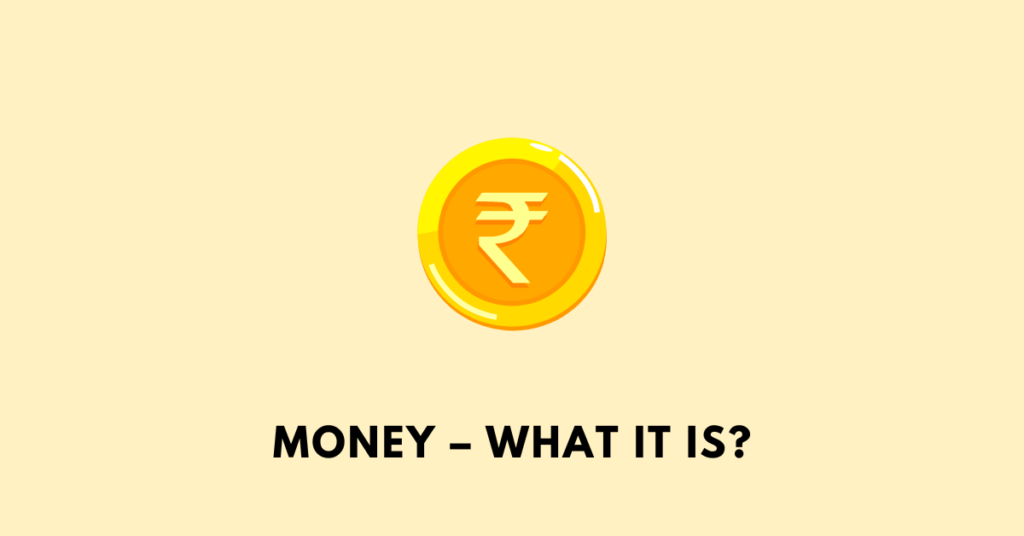Get summary, textual answers, solutions, notes, extras, MCQs, PDF to NBSE Class 9 Financial Literacy. However, the educational materials should only be used for reference, and students are encouraged to make necessary changes.
Summary
The chapter provides a brief history of money, tracing its evolution from the barter system to modern currency. Initially, there was no physical form of money, and people exchanged goods directly through the barter system. However, this system had limitations as it relied on the availability of goods based on individual needs. Over time, the use of metals like silver and gold replaced barter, offering a solution to the challenges of direct exchanges.
As trade expanded, carrying heavy bags of metal coins became impractical, leading to the introduction of paper money. The chapter notes that the earliest coins were minted in Lydia, an ancient kingdom in what is now Turkey, during the 7th century BC. These coins were made by stamping lumps of metal with symbols to guarantee their weight. Paper money first appeared in China during the 10th century, where pieces of deer skin were initially used as currency. Eventually, paper was used, but due to rising prices, China discontinued paper money in the 15th century.
In Europe, paper money was adopted much later. The first European paper mill was established in Spain in 1151 AD. As trade grew, people left their coins with merchants and received handwritten receipts in return, which evolved into paper currency. The chapter also touches on the history of money in India, mentioning the introduction of paper money by the Mughal Empire in 1236 AD. India also issued some of the earliest coins, and the word “rupee” comes from the Sanskrit word “rupyakam,” meaning silver.
The chapter explains that money serves as a medium of exchange, helping people meet their needs and conduct trade. It highlights the journey from simple barter to the complex systems of currency used today.
Textual MCQs
1. Exchange of commodity with another commodity is called
(a) exchange system
(b) barter system
(c) symbolic value system
Answer: b. barter system
2. Paper money was invented in
(a) China
(b) India
(c) America
Answer: a. China
3. Metal coins were invented by
(a) Indians
(b) Chinese
(c) Lydians
Answer: c. Lydians
4. In ancient times metal coins were made of
(a) precious metals
(b) inexpensive metals
(c) leather
Answer: a. precious metals
5. Which of the following term describes money?
(a) real value
(b) goods and services
(c) medium of exchange
Answer: c. medium of exchange
Extra/additional MCQs
1. What was one of the earliest examples of money in Babylon?
A. Coins
B. Shekel
C. Salt
D. Wheat
Answer: B. Shekel
15. What was the original Rûpaya coin made of?
A. Gold
B. Silver
C. Copper
D. Bronze
Answer: B. Silver

Get notes of other boards, classes, and subjects
